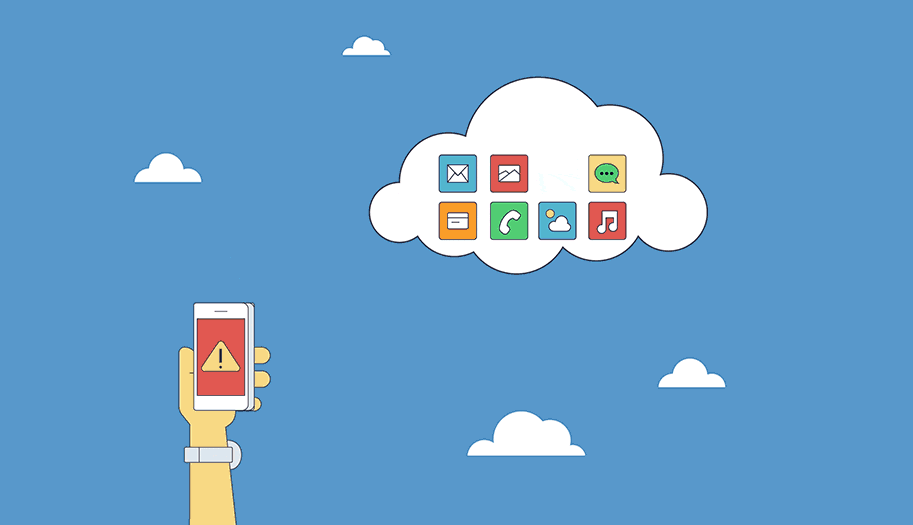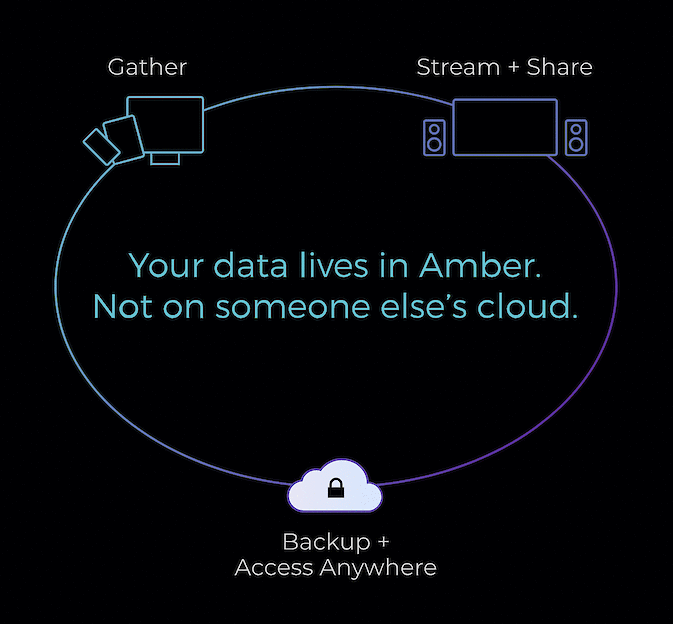Whether you were born into it, like the “Gen Z” digital natives, or had to adapt to it later in life, the new reality is that most of us live a digital lifestyle.
For the most part, the migration to a digital lifestyle has been a positive development. A recent study by the Pew Research Center and Elon University concluded that the positives of a digital lifestyle include a greater level of connectedness, the ability to transform lives and careers, access to life-saving advice and assistance, and efficient transactions.
However, the same study also revealed that our digital lifestyles also present some negative effects. They include connectedness overload, tensions surrounding issues of trust, personal identity issues, and a failure of focus.
Over time, consumers learn how to navigate between these positives and negatives in order to chart a path through their own digital lifestyle. Part of this effort means maintaining control over personal digital assets, such as photos, videos, and documents, thus ensuring the right balance between security, privacy, and ease of access.
Many consumers turn to “cloud” platforms to store these personal digital assets. There are 2 types of cloud available: the very popular public cloud that aggregate many users’ data in corporate datacenter, and the less popular private cloud operated on device owned and maintained by consumers themselves for their personal use.
The public cloud provides much convenience for consumers, while the private cloud trades-off convenience for a higher level of privacy. A new cloud type known as the Personal Hybrid Cloud has now emerged. Here’s how this new cloud platform works and why it can provide a safer digital lifestyle, when compared to existing storage solutions - all while maintaining the convenience of a “public cloud” architecture.
Searching the Cloud for Digital Asset Solutions
On the regular cloud, all of the consumer’s data is stored on a single platform. Dropbox and Google Photos are good examples of this type of solution. It’s fairly simple to configure and use. For example, if using Dropbox, you download the Dropbox software on whatever device you’d like to use with it. It lets your device communicate securely with the cloud service provider. Although your data is stored safely, it can take a lot of time to access large amounts of that data, depending on the speed of your internet connection.
 On a private cloud, consumers can run their own home NAS (network attached storage) that store their personal data using standard computer interface such as Samba for Windows or AFP for MacOS - with user interfaces that are similar to public cloud services for file access. The biggest drawback, however, for the private cloud is the inherent limited connectivity to the cloud itself. Although this type of solution is secure and private, the limited connectivity also means that accessing and sharing files can be cumbersome - both locally and remotely. One major risk that some private cloud solution providers expose, when trying to make file sharing easier, is giving the ability to create unique links that can be shared with “anyone” to access data through a cloud relay station run by the provider. These links can be intercepted and anyone with a copy of the link will be able to access the data - making it a less than ideal solution for secure sharing.
On a private cloud, consumers can run their own home NAS (network attached storage) that store their personal data using standard computer interface such as Samba for Windows or AFP for MacOS - with user interfaces that are similar to public cloud services for file access. The biggest drawback, however, for the private cloud is the inherent limited connectivity to the cloud itself. Although this type of solution is secure and private, the limited connectivity also means that accessing and sharing files can be cumbersome - both locally and remotely. One major risk that some private cloud solution providers expose, when trying to make file sharing easier, is giving the ability to create unique links that can be shared with “anyone” to access data through a cloud relay station run by the provider. These links can be intercepted and anyone with a copy of the link will be able to access the data - making it a less than ideal solution for secure sharing.
Why Use a Personal Hybrid Cloud?
The latest emerging approach, known as the Personal Hybrid Cloud, brings the best of both worlds together in one solution.
Some people may have heard about Hybrid Cloud solution as used by companies and enterprises. This solution is very flexible for the complex need of corporations but its implementation is also much more complex and very custom for each deployment. Because of the complexity, they are not commonly deployed and completely irrelevant for consumers use.
The first personal hybrid cloud for consumer is Amber, offered by Latticework. Think of it as “Google Photos meets Dropbox meets Apple TV,” with the added bonus of a built-in WiFi router. Amber becomes your complete digital life platform, helping you stream, share, and secure your digital lifestyle.
Responding to the growing concern about third-party corporate use of personal data, this personal hybrid cloud solution has found a way to keep control of personal data solely with its rightful owner. Your digital assets on Amber are never shared with a third-party public cloud service.
How Amber Works
Amber is not just a storage device. It is also a powerful edge computing device that is supported by a private and secure Cloud Platform, known as LatticeNest, which provides User Identity Management and Data Routing Verification to create one of the most secure cloud environments available for consumers and small businesses. It’s main feature for consumers is auto camera roll backup on mobile devices with ability to retrieve digital memories even if they were deleted from your mobile device. Essentially, Amber serves as an extension of your digital devices - giving you more storage to capture all of life’s moments. Other features include facial indexing, robust bandwidth-adaptive video streaming, and TV casting. Finally, Amber offers file sharing capability to anyone in the cloud, and multi-user support for the family. 
Behind this impressive list of features are some robust technologies. Amber is powered by an Intel processor and uses two (2) hard disk drives in RAID 1 (“Redundant Array of Independent Disks”) configuration, which means the technology framework writes the same data on two (2) hard drives, providing redundant storage for extra data security.
Amber is currently available with configurations with up to four terabytes (TB) of data storage capacity. It takes a lot of photos and video to fill up a smartphone with 128 GB of data in one year, it would take eight years to fill up a terabyte at that same rate, or 32 years to fill up 4 terabytes. Of course, with the extra convenience and peace of mind that your data is protected in Amber, you’ll likely capture more videos and pictures without having to worry about the storage limits on your mobile device.
Because Amber includes a true cloud service with LatticeNest, Amber is able to provide the best features from the world of Public Cloud and Private Cloud: users can enjoy the advantages of local storage (privacy, and performance) as well as convenience of public cloud (global connectivity and sharing).
Protecting Your Personal Digital Assets
Amber offers the world’s first Personal Hybrid Cloud Storage platform, that allow you to confidently control your digital lifestyle and all the digital assets that comprise it. For the first time ever - you can effectively manage all your data from home without compromising privacy and security for the sake of convenience.

Godetevi il vostro cloud privato
Sfuggite agli abbonamenti e ai problemi di privacy dei cloud commerciali. Ospitate il vostro con Amber e riprendetevi la vostra libertà.
Per saperne di più AmberSconto del 10% sul primo ordine
Iscrivetevi alla newsletter di Amber.
